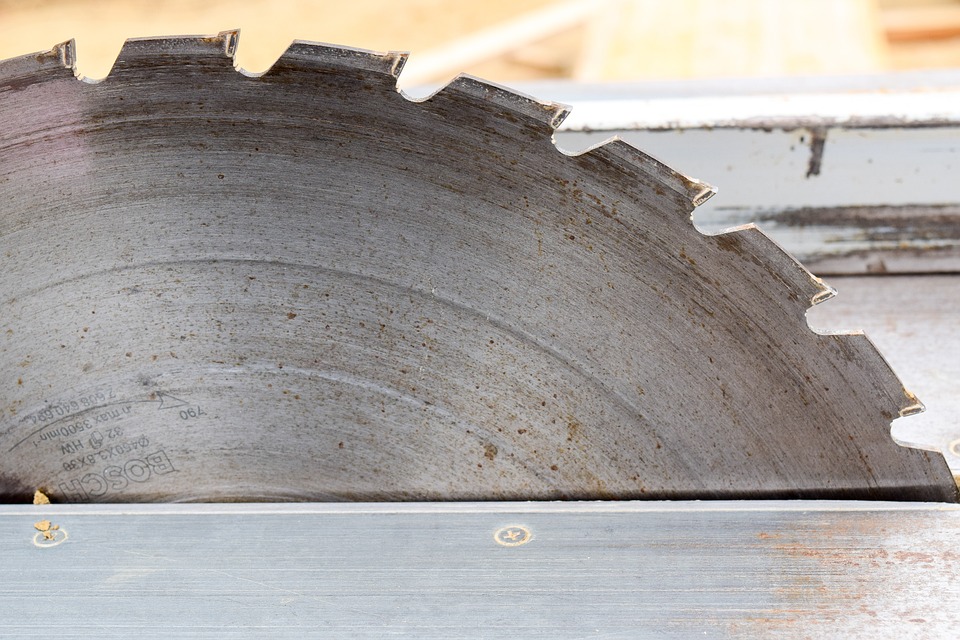
In the world of woodworking, two powerhouses stand out: the miter saw and the table saw. Both tools serve specific purposes, and understanding their differences is essential for making the right choice for your projects. This comparison will help you decide which tool aligns better with your woodworking needs.
Function and Purpose: Precision Cuts vs. Versatility
A miter saw is designed for making precise angled cuts, especially for molding, trim, and crosscuts. On the other hand, a table saw is more versatile, offering straight rip cuts, crosscuts, and even dado cuts, making it suitable for various woodworking tasks.
Cutting Angles: Angled Expertise vs. Straightforward Cuts
When it comes to cutting angles, a miter saw shines. It’s specifically engineered for making accurate angled cuts, making it a go-to for tasks like framing, crown molding, and picture frames. Conversely, while a table saw can be equipped with a miter gauge for angled cuts, it’s more adept at straightforward cuts like rip cuts and crosscuts.
Portability: Compact Precision vs. Stationary Power
Miter saws are generally more portable due to their compact size and lightweight build. This makes them great for jobsites or moving around a workshop. In contrast, table saws are heavier and bulkier, often requiring a dedicated workspace.
Accuracy and Speed: Targeted Precision vs. Mass Production
If you prioritize precise cuts with minimal effort, a miter saw is your best bet. It allows you to quickly achieve accurate angles, making it ideal for projects where precision matters most. Conversely, a table saw excels in producing multiple identical cuts efficiently, making it suitable for tasks that require mass production.
Safety: Clear Line of Sight vs. Control and Sturdiness
Miter saws typically have a clear line of sight to the blade, which enhances safety by allowing you to see the blade’s path during cuts. Table saws offer stability and control, especially when cutting larger materials, reducing the risk of kickback.
Project Types: Specialty Cuts vs. Diverse Projects
Choose a miter saw if you often work on projects involving angles, bevels, and miters. It’s perfect for tasks like crown molding, baseboards, and picture frames. If your projects involve a mix of straight and angled cuts, a table saw’s versatility might be more suitable.
Cost: Precision Investment vs. Versatile Investment
Miter saws tend to be more affordable than table saws, especially the basic models. However, keep in mind that the cost can increase with added features and capabilities. Table saws offer more versatility, making them a valuable long-term investment for a wide range of woodworking tasks.
Conclusion: Making the Right Choice for Your Workshop
The decision between a miter saw and a table saw ultimately boils down to your specific woodworking needs. If precision angled cuts are your priority, a miter saw is your go-to tool. On the other hand, if you require a versatile powerhouse that can tackle various cutting tasks, a table saw is the way to go. Consider the nature of your projects, workspace, and budget to determine which tool will be the best companion for your woodworking endeavors.